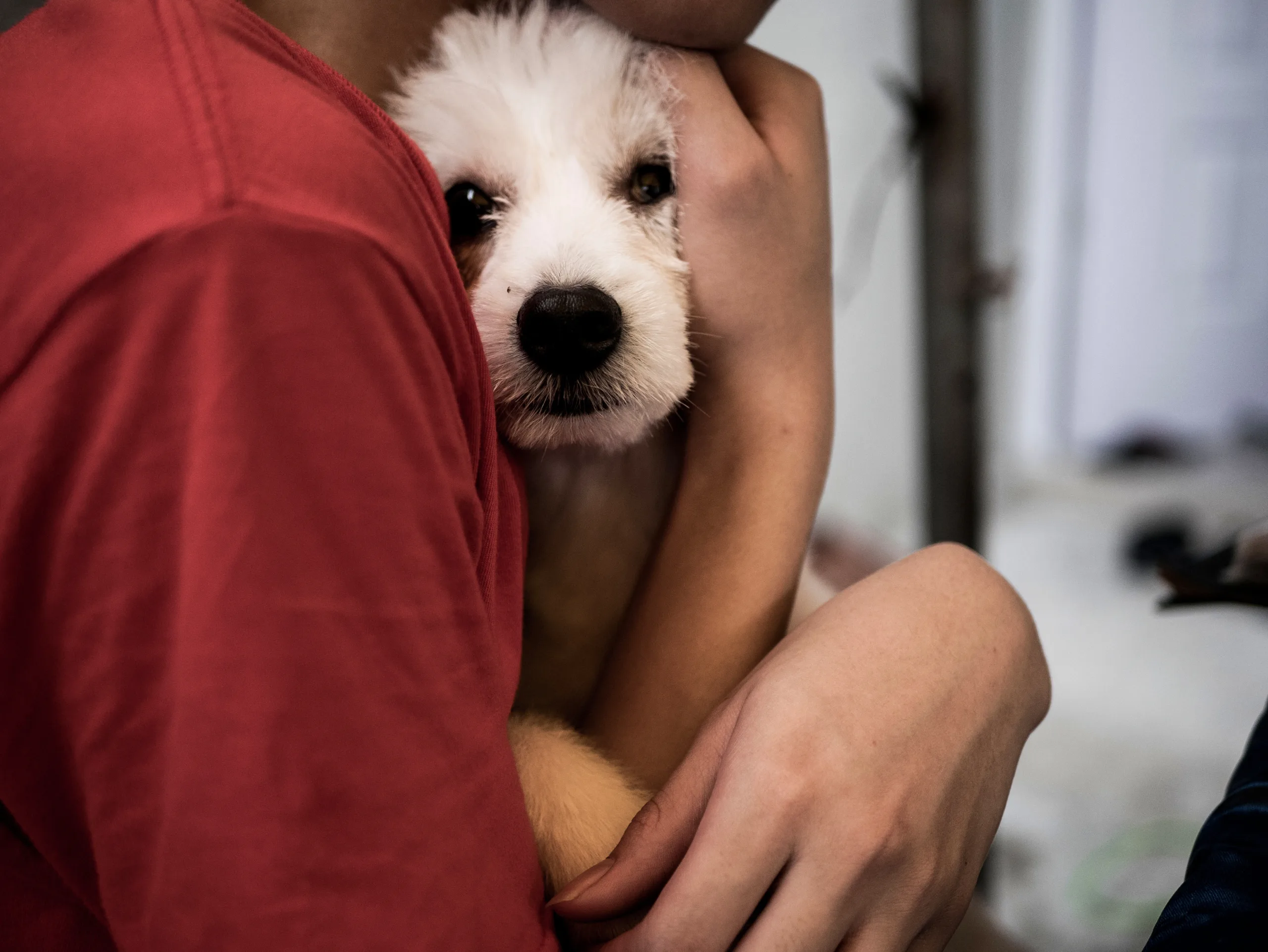Dogs, with their unique body language, often convey their emotions and feelings through various gestures and postures. One common behavior you might observe in dogs is the tucking of their tail between their legs. This subtle but significant action can communicate a range of emotions and insights into a dog’s state of mind. In this article, we’ll delve into the reasons behind why dogs tuck their tails, exploring the emotions that drive this behavior and shedding light on the ways you can interpret and respond to your furry friend’s cues.
For more about dogs click here
Why Do Dogs Tuck Their Tails?
Tucking the tail between the legs is a classic sign of a dog expressing fear, anxiety, or submission. This behavior is often seen in response to situations that the dog perceives as threatening or overwhelming. By tucking their tail, dogs attempt to make themselves appear smaller and less threatening, indicating that they are not a threat and seeking to avoid any potential conflict. Here are some common reasons dogs tuck their tails:
- Fear and Anxiety: When dogs are exposed to loud noises, unfamiliar surroundings, or intimidating situations, they might tuck their tails to show their unease and discomfort.
- Submission: Tucking the tail is also a submissive gesture. Dogs may do this when interacting with other dogs or people they perceive as dominant.
- Nervousness: Dogs might tuck their tails when they feel uncertain or nervous, especially in new or unfamiliar environments.
- Pain or Discomfort: Dogs may tuck their tails if they are in pain or experiencing discomfort. It could be due to an injury, illness, or even something as simple as an upset stomach.
- Response to Aggression: In the presence of an aggressive dog or person, a submissive dog might tuck its tail as an attempt to avoid confrontation.
- Insecurity: Dogs that lack self-confidence or have had negative experiences may tuck their tails more frequently as a way to signal their vulnerability.
Interpreting the Tail Tuck
Understanding the context and nuances of a dog’s tail tucking behavior is essential to interpreting their emotions accurately. While tail tucking generally indicates unease, it’s important to consider other cues such as body posture, facial expressions, and vocalizations to form a comprehensive understanding of what your dog is feeling. For example, a tail tuck accompanied by cowering, ears pulled back, and trembling can signal intense fear, while a less severe reaction might be a simple indication of mild discomfort.
How to Respond
If you notice your dog tucking its tail, it’s crucial to respond in a supportive and gentle manner. Here are some tips:
- Provide Reassurance: Offer soothing words and gentle petting to reassure your dog. Let them know that they are safe and that there’s nothing to fear.
- Remove Stressors: Identify and eliminate any potential stressors causing your dog’s anxiety. This might involve creating a calmer environment or avoiding situations that trigger fear.
- Positive Associations: Gradually expose your dog to the source of anxiety while pairing it with positive experiences like treats and play. This can help desensitize them over time.
- Professional Help: If your dog’s tail tucking behavior is persistent and severe, consult a veterinarian or a professional dog trainer to address the underlying issues.
FAQs: Deciphering Tail Tucking in Dogs
Q1: Why do dogs tuck their tail when they are scared? Tucking the tail is a response to fear and anxiety. By making themselves appear smaller, dogs signal that they are not a threat and hope to avoid conflict.
Q2: Do dogs control their tails when happy? Yes, dogs can control their tails to a certain extent. A wagging tail is often associated with happiness and excitement.
Q3: Why do animals tuck their tails between their legs? Tucking the tail between the legs is a submissive and defensive gesture seen in many animals, indicating submission, fear, or discomfort.
Q4: Why is my dog shaking and tucking his tail? Shaking and tail tucking can indicate extreme fear or anxiety. It’s important to comfort your dog and identify the cause of their distress.
Q5: Why does my dog wiggle his bum when he sees me? A bum wiggle is a playful and excited behavior in dogs. It’s a friendly gesture that shows your dog is happy to see you.
Q6: Do dogs get tired of shaking their tails? Yes, excessive tail wagging can tire a dog out, especially if they’re very excited. Monitor your dog’s energy levels and provide breaks when needed.
In conclusion, dogs tuck their tails as a communication of their emotions, especially fear, anxiety, and submission. Understanding this behavior allows you to provide the appropriate support and comfort to your furry companion. By interpreting their cues and creating a safe environment, you can help your dog feel more secure and at ease.
Click here for more
